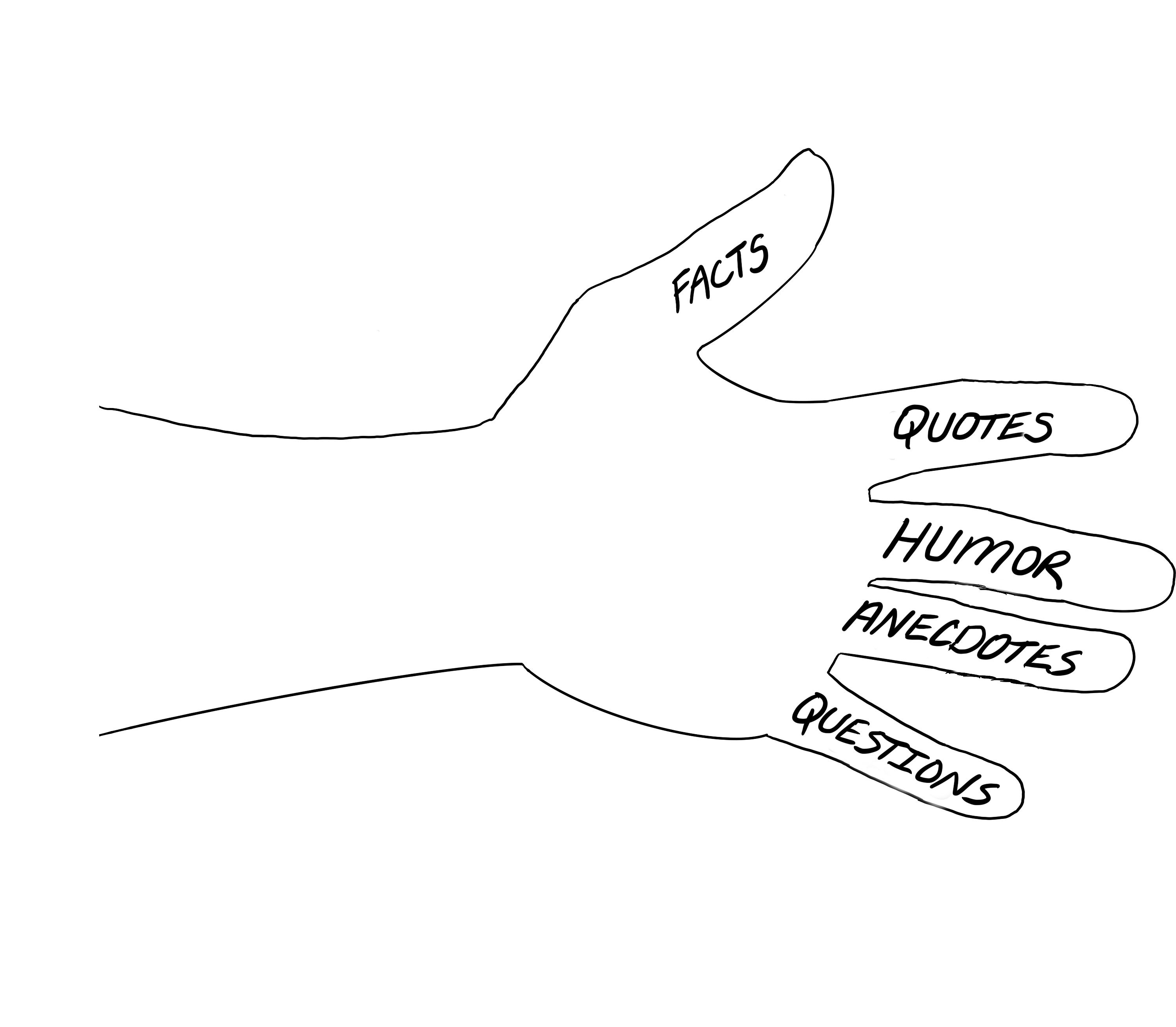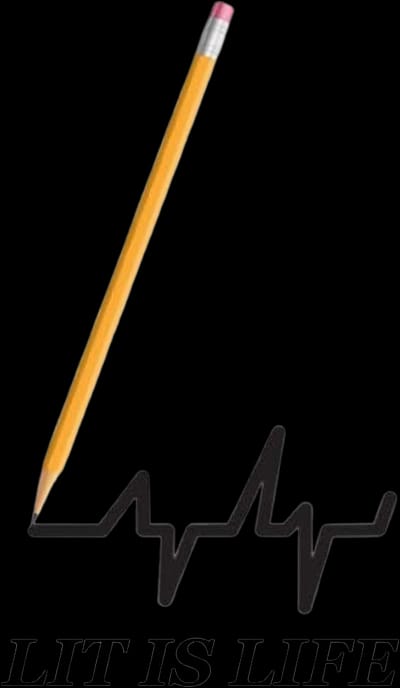ATTENTION GRABBERS

Reach out and grab them by the eyeballs.
When it comes to writing, one of the most important aspects to providing successful content is the ability to grab the reader’s attention. Imagine that your written word is an open hand seeking to reach out and grab your readers by their eyeballs. I often refer to this as captivating content.
You want everything you write to be so captivating that when people lay their eyes on it, they’ll want to read more. Writing this way is a valuable tool that takes skill and practice. Once you understand some of the basic methods and parameters for grabbing attention, you can build a solid foundation for whatever message you wish to convey. In the world of composition there are many genres. Therefore, it’s important to know which techniques are appropriate for different types of writing.
The reaching hand I referred to earlier has five fingers. Each finger represents the possibility of using a different literary technique. Five fingers, five techniques.
The first literary technique you can use to grab your reader's attention is:
Facts- Dishing out facts should in some way have a surprise element or wow factor. The aim should be for the reader to learn something from the information you provide. Giving facts can have a positive effect on grabbing your reader's attention. Especially, if you're aiming for a persuasive form of writing. Facts can work in your favor to prove or disprove an argumentative essay. When facts are presented, your readers can begin the process of thinking critically on all aspects. Facts also have the ability to alter or confirm a reader’s confirmation bias. Besides this, facts should be a solid piece of your composition unless you’re writing fiction.
Quotes- Taking the opportunity to utilize a quote is also an early way to give a source to validate your point. This can definitely be a great way to grab your reader’s attention. The reader may or may not be familiar with the quote. However, your elaboration of the quote will be new to the reader, so be original. The quote you use in your writing can be a tool to manipulate credibility and support your thesis. Quotes are special because they express someone's true feelings about a particular subject. They also have the ability to capture emotion and invoke deeper thought. Placing this type of tool into your composition may enhance how your reader reacts to what you’re trying to convey.
Humor- While humor can be a bit tricky, it’s also a great attention grabber. If you start your writing off with humor you may have the ability to change the mood of your reader. This in turn will point them in the direction of the tone you intend to convey. However, the opposite effect stands just as true. If your humor is found to be offensive to the reader, they may not want to finish reading what you’ve composed. I think the important aspect to consider when using humor for attention grabbing is balance. You should be mindful of the fact that not everyone holds your views about a subject as humorous. You may want to consider keeping your humor clean and neutral, if such a thing exists.
Anecdotes- What makes anecdotes such a great attention grabber is the way you tell a story before the story. This literary technique is a sweet spot for capturing emotion and hoping the reader can relate. The goal is for the reader to not only relate to the pre-story, but also the essay or main story. An anecdote should not be boring or mundane. It should have some life and amusement to it when necessary. If the subject is more serious in nature then it should be more informative. If it’s meant to be captivating then try your best to make it entertaining. You don’t want the reader to fall asleep before they lay their eyes on what you have to say. Just keep in mind, when tied together properly, anecdotes can be a powerful way for readers to enjoy your composition.
Questions- Formulating a question is a great way to grab attention and get your readers engaged. Once their thinking juices are flowing, they will look to your writing as a source for the answers. Hint- make sure you creatively lead and guide them to the answer of the question you decide to pose. If you choose not to answer the question- which is also an option, be sure you don’t just leave the reader hanging. At least find an intriguing way to support the motive behind the ponder you’ve now created. Make sure you tie the answer to the question you’ve stated whether directly or indirectly.
